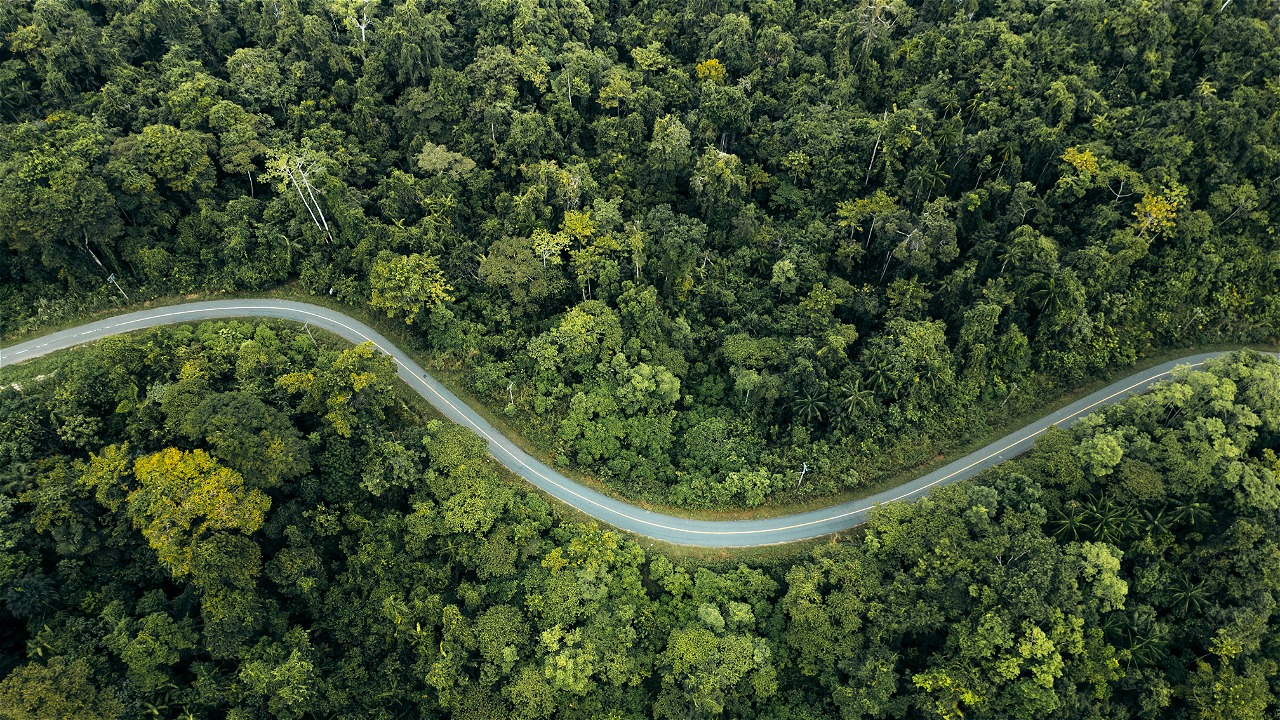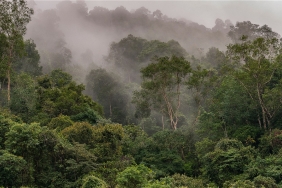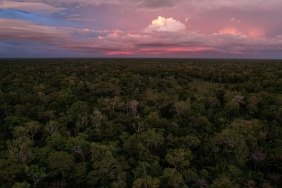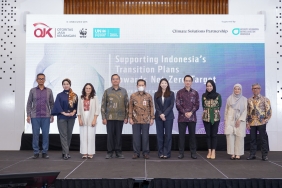REALIZING HOPE THROUGH THE GREEN ECONOMY COOPERATION AGENCY
By: Darmansyah Lubis
Spatial utilization is an important development instrument in Indonesia. However, various inconsistencies and past delays illustrate two conflicting sides: economic growth and environmental quality. This can be seen from the statistics of Indonesia's economic growth in the last decade showing a relatively good achievement when compared to other countries. The Central Bureau of Statistics (BPS) recorded that Indonesia's economy grew by 5.78% in 2013. In contrast, the environmental quality index (IKLH), over the last 3 years has actually shown a decline (in 2011 it was 65.50; in 2012 it was 64.21; and in 2013 it was 63.1).
Many things are the cause. In fact, the two sides should go hand in hand in a corridor that guarantees sustainable development. Perhaps, understanding Indonesia's rich nature must begin with the risks of its uniqueness.
Badan Kerjasama Ekonomi Hijau (BKEH)
WWF with the support of Millennium Challenge Account - Indonesia (MCA-I) in the RIMBA program, has started its work in three provinces (Jambi, Riau and South Sumatra) covering 19 districts and an area of 3.8 million hectares since January 2016. The program is also supported by the GEF (Global Environment Facility) RIMBA Program, which is managed by UNEP Regional Asia-Pacific to ensure the sustainability of the program in the RIMBA Corridor for 6 years.
The RIMBA program carries the mission of strengthening natural resource management and increasing carbon stocks in Central Sumatra through green economic development to overcome poverty and build forest connectivity. One of its achievements is to prepare the institutional concept of RIMBA ecosystem governance which is then called the Green Economy Cooperation Agency (BKEH) Riau, Jambi and West Sumatra Corridor (RIMBA). This is the hope of how to build an economy that has internalized environmental and social issues in its decisions and management. The RIMBA ecosystem corridor itself is in line with various regulations. Call it the mandate of Law No. 26 of 2007 concerning Spatial Planning (UUPR).
This regulation states that the implementation of spatial planning aims to realize a safe, comfortable, productive and sustainable national spatial area based on the Archipelago Concept and National Resilience through: (i) harmonization between the natural environment and the artificial environment; (ii) integration in the use of natural resources and artificial resources with due regard to human resources; and (iii) protection of spatial functions and prevention of negative impacts on the environment due to space utilization.
In the context of development planning, Law No. 17 of 2007 concerning the National Long-Term Development Plan (RPJPN 2005-2025) states that the Spatial Plan (RTR) is a guideline for the optimal and sustainable use of natural resources with regard to disaster risk and is the basis for the development of facilities and infrastructure forming the national spatial structure. Through spatial instruments, it is also expected to balance the utilization and maintenance of quality of life. This condition has become the basis for a political agreement of ten Governors throughout Sumatra and witnessed by four ministries on the future development plan of the island of Sumatra.
One of the follow-ups to the implementation of the agreement formulated in the Sumatra 2020 Road Map, through the spatial planning sector, Perpres RTR Island No. 13/2012 has been issued regarding five ecological corridors throughout Sumatra and the RIMBA Corridor is one of them as an area that connects several conservation areas to accommodate the management of natural products (ecosystem services) and biodiversity in a sustainable manner represented by rare species as an umbrella including Sumatran tigers, Sumatran elephants and birds. To initiate the establishment of BKEH, WWF has held 4 series of focus group discussions (FGD). Both at the community level, district and provincial SKPDs, private sector and Forest Management Units (FMUs) in three provinces since October 2016.
From these four processes, at least a temporary conclusion is that a cross-sectoral institution is needed to manage the RIMBA corridor. This institution will oversee the process of how the management of the RIMBA corridor ecosystem landscape can be economically optimal and environmentally friendly using a green economy approach. So that the balance is maintained between maintaining environmental quality and economic productivity in the RIMBA corridor.





